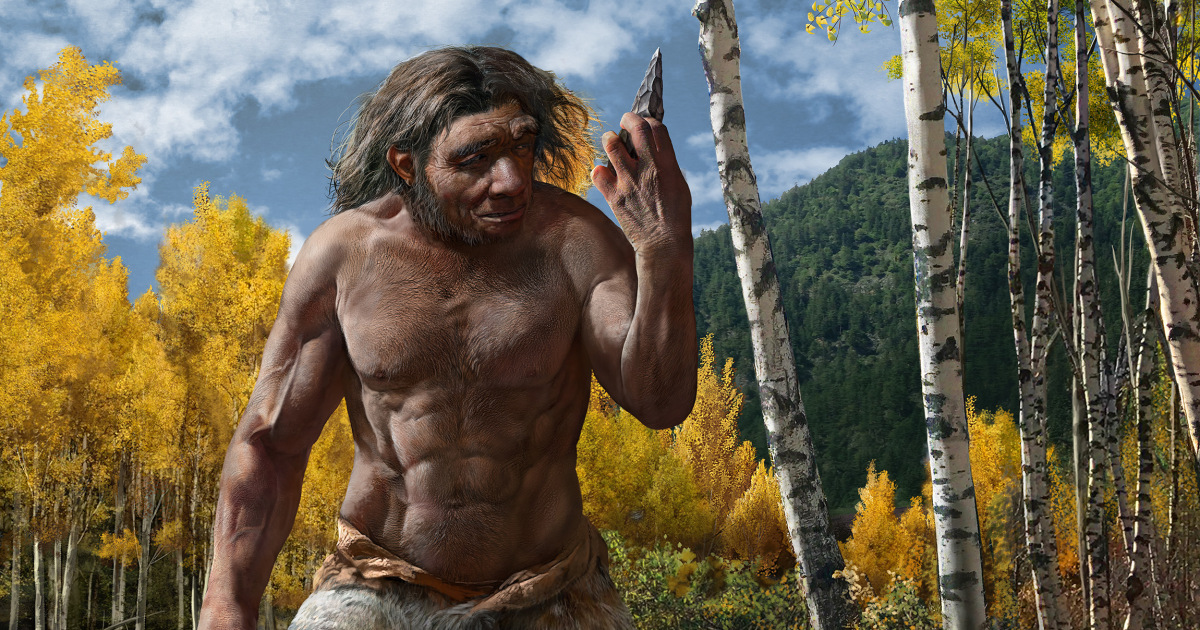
A new species of ancient human dubbed Homo longi, or "Dragon Man," could potentially change the way we understand human evolution, scientists said Friday.
Researchers said in their findings, published Friday as three separate papers in the journal The Innovation, that Homo longi could replace Neanderthals as the closest relative to our own species, Homo sapiens. The discovery of the new species is connected to a skull known as the Harbin cranium, a fossil thought to have been discovered decades ago but only recently studied.
"It is widely believed that the Neanderthal belongs to an extinct lineage that is the closest relative of our own species," Xijun Ni, a professor of primatology and paleoanthropology at the Chinese Academy of Sciences and Hebei GEO University, and author of two of the papers, told The Associated Press.
"However, our discovery suggests that the new lineage we identified that includes Homo longi is the actual sister group of Homo sapiens."
The Harbin cranium "also shows other features resembling our species,” Chris Stringer, another of the authors, said in a news release about the findings from London’s Natural History Museum, where he works as a research leader.
"It has flat and low cheekbones with a shallow canine fossa, and the face looks reduced and tucked under the brain case," he added.
The name “Dragon Man” is derived from the geographic name Long Jiang, which is commonly used for the Heilongjiang province and literally means “dragon river,” according to the study conducted by an international team and led by Qiang Ji, a professor at Hebei Geo University in China.
Download the NBC News app for breaking news and politics
It added that the skull, which is about 9 inches long and more than 6 inches wide, is big enough to hold a brain that is similar in size to that of a modern human — around 3 pounds (1,420ml) in brain volume. Researchers believe it belonged to a male, aged about 50.
The cranium is thought to have been discovered in 1933 when a bridge was built over the Songhua River in Harbin City, in China’s Heilongjiang province, the study said, adding that information about the exact site was lost because of its "long and confused history."
Junyi Ge, from the Chinese Academy of Sciences and one of the study’s team members, said they were “quite confident” that it was more than 146,000 years old.
Although it has been described by the research team as a new species, in a separate interview with the U.K.’s Press Association, Stringer said he agreed that the skull bore a resemblance to another fossil belonging to Homo daliensis, another type of ancient human.
“Regardless of that, the morphology of the fossil is very informative about later human evolution," he added.
The findings were announced hours after scientists said they had discovered a new kind of early human after studying pieces of fossilized bone dug up at a site used by a cement plant in central Israel.
Nesher Ramla Homo — named after the place southeast of Tel Aviv where it was found — may have lived alongside our species, Homo sapiens, for more than 100,000 years, and may have even interbred, researchers said.
https://news.google.com/__i/rss/rd/articles/CBMibGh0dHBzOi8vd3d3Lm5iY25ld3MuY29tL25ld3Mvd29ybGQvZGlzY292ZXJ5LWRyYWdvbi1tYW4tc2t1bGwtY2hpbmEtcHJvbXB0cy1yZXRoaW5rLWh1bWFuLWV2b2x1dGlvbi1uMTI3MjQwOdIBLGh0dHBzOi8vd3d3Lm5iY25ld3MuY29tL25ld3MvYW1wL25jbmExMjcyNDA5?oc=5
2021-06-25 18:51:41Z
52781692708891
Tidak ada komentar:
Posting Komentar